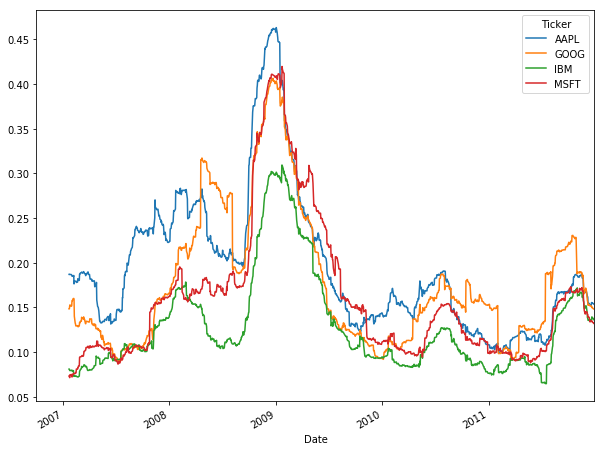Creating a Chatbot with Machine Learning in Python (NLTK, TensorFlow, Keras)

Chatbots are becoming increasingly popular as a way for businesses to engage with their customers and provide personalized customer support. A chatbot is a computer program that uses natural language processing and machine learning to simulate conversation with human users. In this tutorial, we will explore how to create a simple chatbot using Python and machine learning.
Step 1: Installing the required libraries
The first step is to install the required libraries. We will be using the Natural Language Toolkit (NLTK) library for natural language processing, as well as the TensorFlow and Keras libraries for machine learning.
pip install nltk tensorflow keras
Step 2: Preprocessing the data
The next step is to preprocess the data. We will be using a dataset of movie dialogues for training the chatbot. We will use NLTK to tokenize the text and convert it to lowercase.
import nltk
import numpy as np
import random
import string
# Download the NLTK data
nltk.download('punkt')
# Load the data
with open('movie_lines.txt', 'r', encoding='iso-8859-1') as file:
data = file.read()
# Tokenize the data
tokens = nltk.word_tokenize(data.lower())
Step 3: Creating training data
Next, we need to create the training data for the chatbot. We will use a technique called sequence-to-sequence learning, which involves mapping a sequence of input tokens to a sequence of output tokens.
# Create input sequences and corresponding output sequences
input_sequences = []
output_sequences = []
for i in range(len(tokens)-1):
input_sequences.append(tokens[i])
output_sequences.append(tokens[i+1])
# Convert the sequences to one-hot encoding
input_sequences = np.array([nltk.word_tokenize(seq) for seq in input_sequences])
output_sequences = np.array([nltk.word_tokenize(seq) for seq in output_sequences])
Step 4: Building the model
Now, we can build the machine learning model for the chatbot using Keras. We will use a simple recurrent neural network (RNN) with a single LSTM layer.
from keras.models import Sequential
from keras.layers import Dense, LSTM, Embedding
# Define the model architecture model = Sequential() model.add(Embedding(input_dim=len(tokens), output_dim=100, input_length=1)) model.add(LSTM(256)) model.add(Dense(len(tokens), activation='softmax'))# Compile the model model.compile(loss='categorical_crossentropy', optimizer='adam', metrics=['accuracy'])
Step 5: Training the model
Next, we can train the model using the training data we created earlier.
# Train the model
model.fit(input_sequences, output_sequences, epochs=100)
Step 6: Generating responses
Finally, we can use the trained model to generate responses to user input. We can do this by first converting the user input to a sequence of tokens using NLTK, and then using the model to predict the next token in the sequence.
# Generate a response to user input
def generate_response(user_input):
# Tokenize the user input
user_input_sequence = nltk.word_tokenize(user_input.lower())
# Predict the next token in the sequence
prediction = model.predict(user_input_sequence)
# Get the index of the predicted token
index = np.argmax(prediction)
# Convert the index to a token and return it
return tokens[index]
In this tutorial, we explore how to build a simple chatbot using Python and machine learning. We use NLTK for natural language processing, TensorFlow and Keras for machine learning, and a dataset of movie dialogues to train the chatbot. Chatbots can be used in a variety of applications, such as customer service, e-commerce, and social media. By using machine learning, chatbots can learn from their interactions with users and improve their performance over time.
Lyron Foster is a Hawai’i based African American Author, Musician, Actor, Blogger, Philanthropist and Multinational Serial Tech Entrepreneur.







